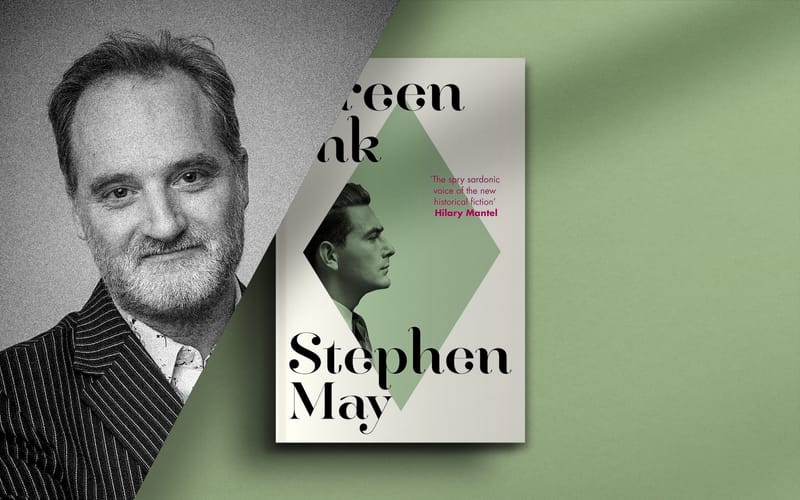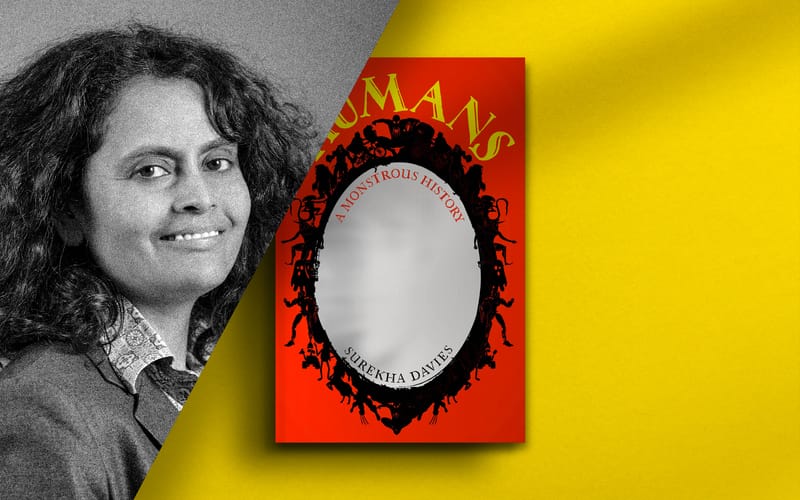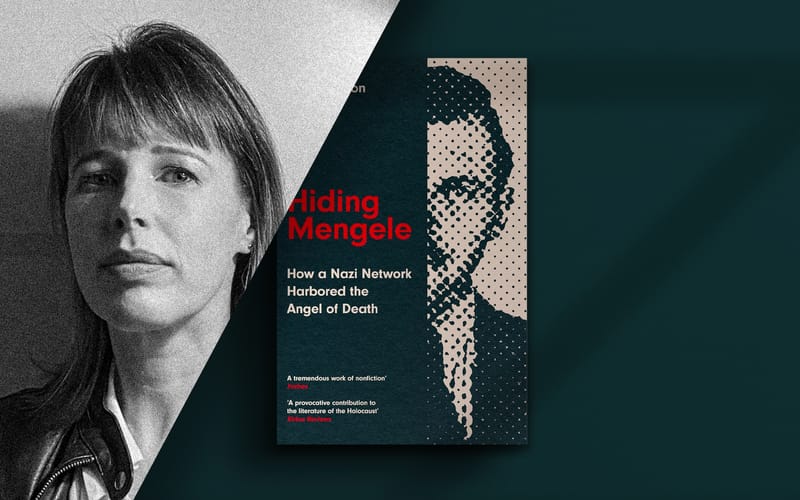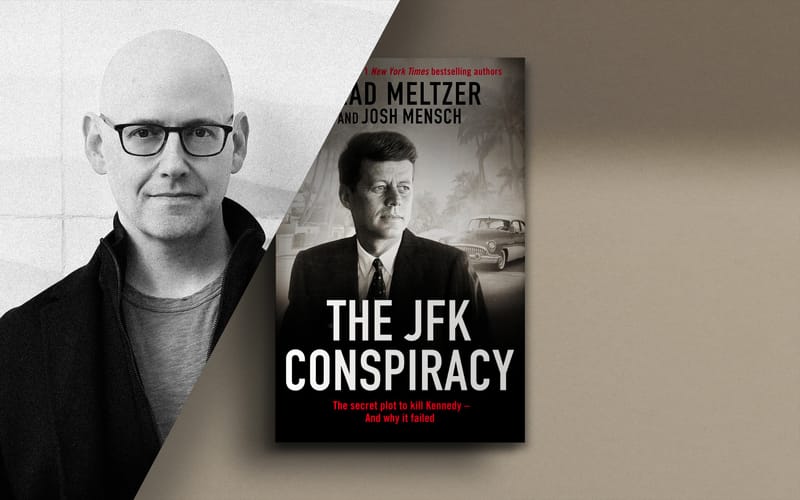Dickensland with Lee Jackson
Lee Jackson on the trail of Charles Dickens
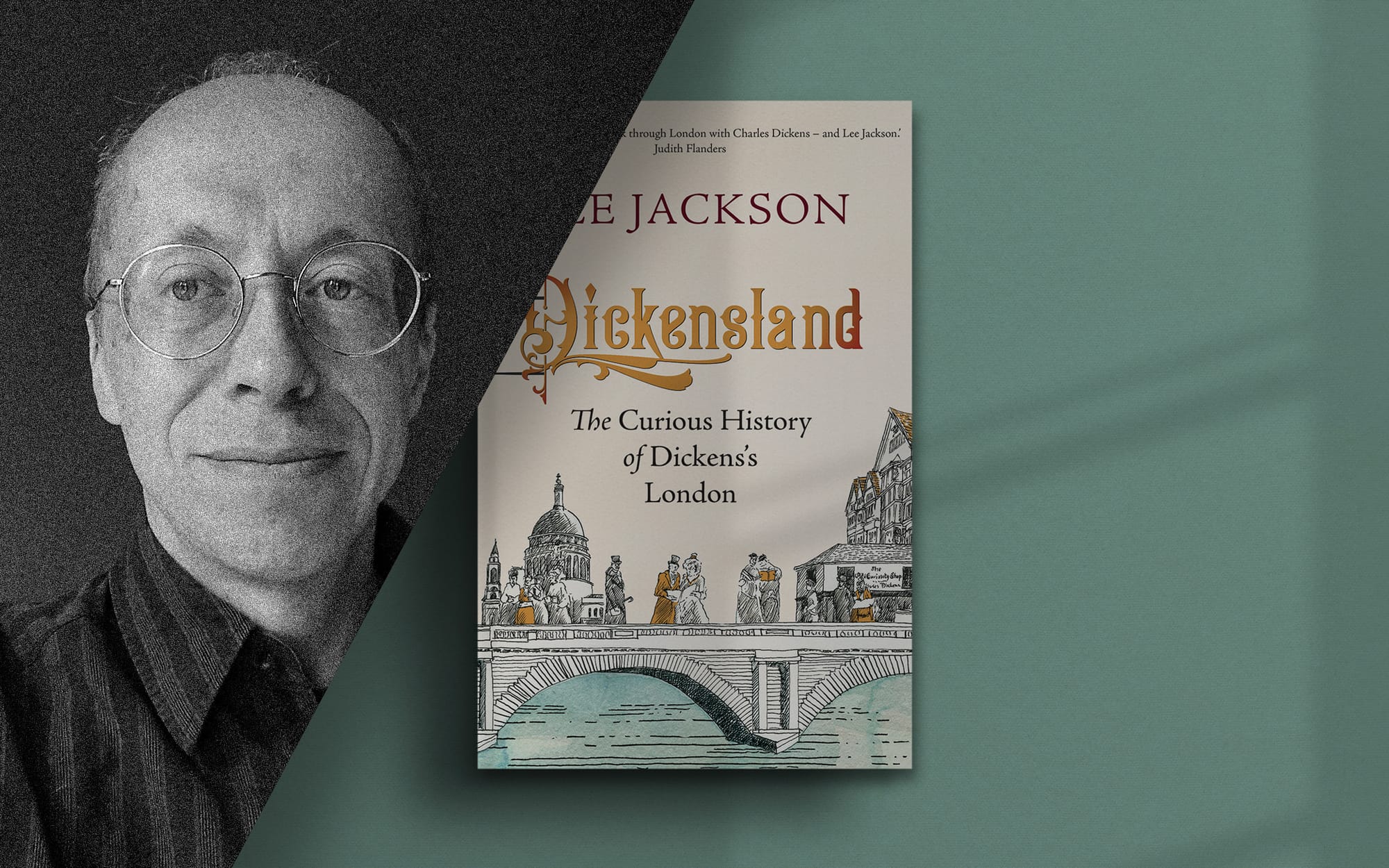

In 1866 the American writer Louisa May Alcott, author of Little Woman, spent a day in London scenting out memorable locations from Charles Dickens’s novels. In doing so she became the pioneer of a new kind of literary tourism.
Lee Jackson, an expert on Victorian London and the author of a sweeping new book, Dickensland, tells us more.
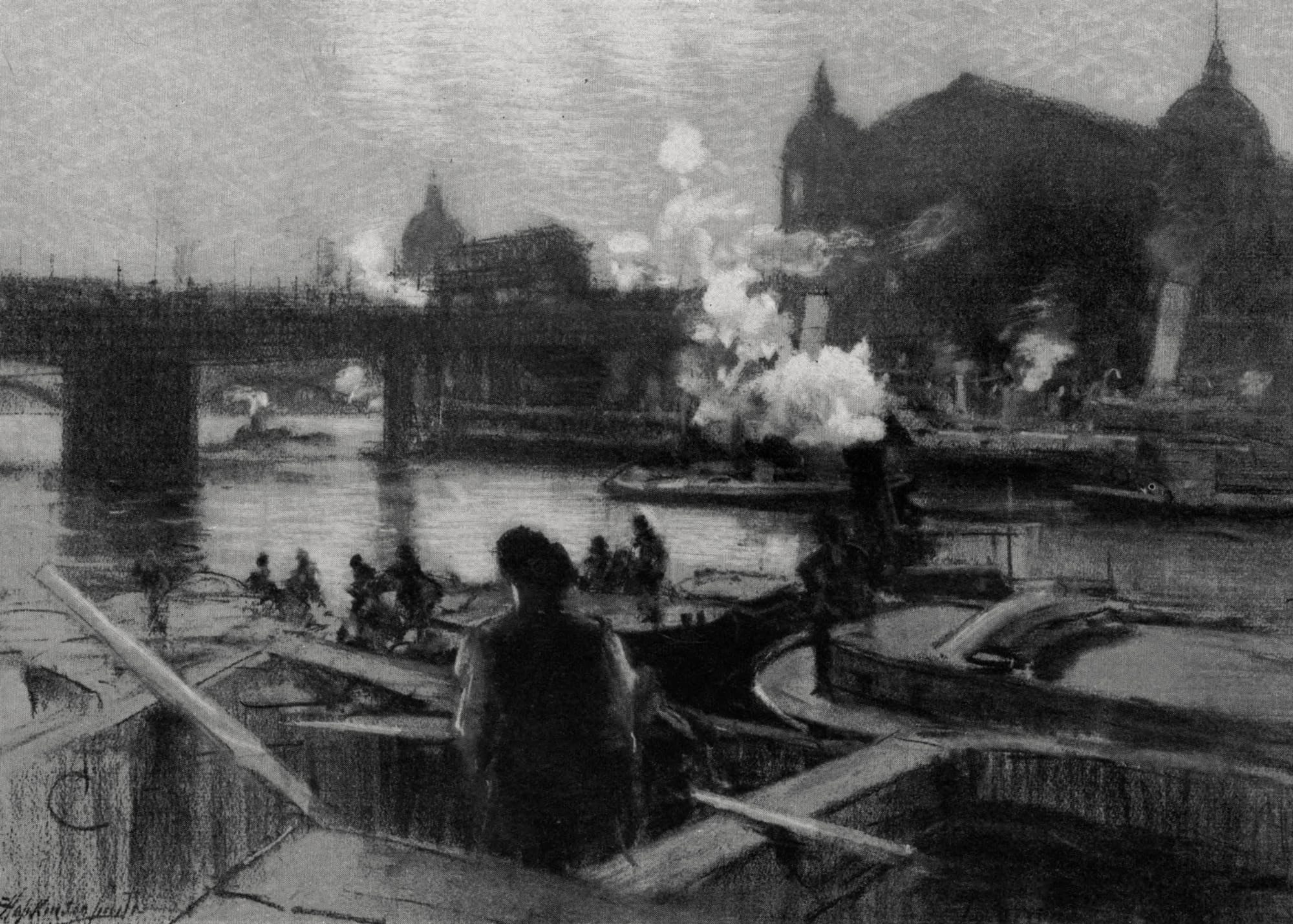

Unseen Histories
Like so many, you first encountered Charles Dickens at a young age. Can you tell us about your childhood love of his writing?
Lee Jackson
In fact, I came to Dickens through television, towards the end of primary school. Watching the BBC's Classic Serial on a Sunday introduced me to his work and then I had to read the books. I was a big fan of Dr Who and Dickens's Victorian universe seemed to offer something similar – another opportunity to travel in time. I only recently discovered that Terence Dicks, who wrote the innumerable Dr Who book adaptations, which I devoured, also worked on those 1980s TV adaptations of Dickens, as did the producer/director Barry Letts. Dickens was plainly all about time travel!

Unseen Histories
You later went on to do a PhD. on Dickens. Can you tell us about that experience and how it shaped your views about him?
Lee Jackson
It was an amazing excuse to read and re-read his books. I worked through all Dickens's novels in the order in which they were published, which was fascinating, because you get to see him develop and darken. The PhD. also made me focus on the smallest details, particularly in his descriptions of place. For example, take the Jacob's Island slum in Oliver Twist. Dickens describes the rickety warehouses; then their decrepit windows; then the iron guards on the windows; finally, the rust on the ironwork. We zoom in to this almost microscopic level but simultaneously he makes clear that the rust is a symbol of the slum itself – i.e. a decaying, neglected corner of the metropolis. Genius.
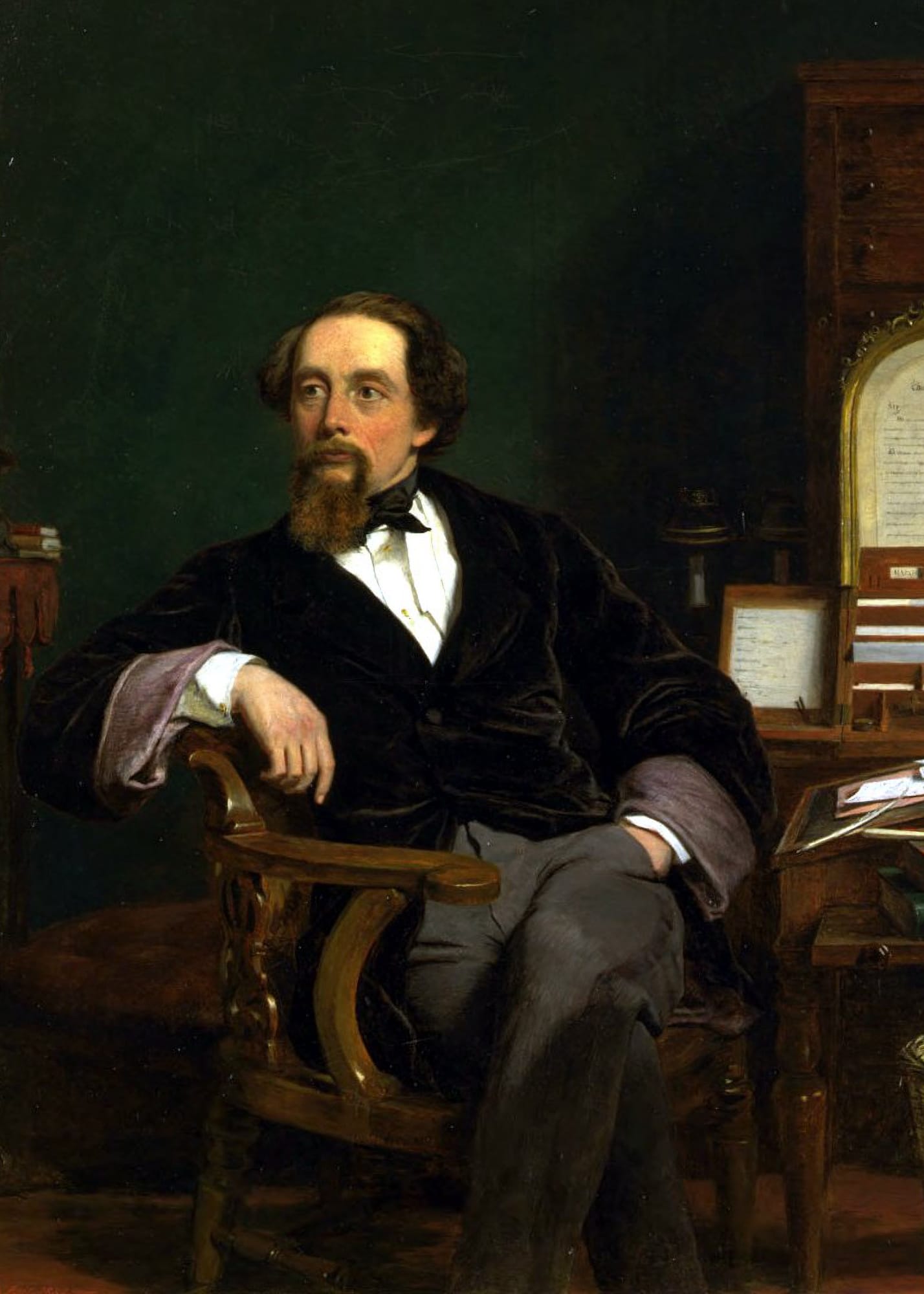

Unseen Histories
Your new book Dickensland is introduced as ‘a curious history of an imaginary world’. Can you sketch the boundaries of this world for us please? Does it sprawl across London or does it extend beyond that?
Lee Jackson
Far and wide. Toronto, for example, boasts a peculiar stand-alone plinth that marks the author's brief stay at the North American Hotel on Yonge Street (the building having long since been demolished). An old villa in Genoa has a plaque commemorating the Dickens's family staying there during their Grand Tour of Italy. In the UK, you can find his bust in the Pump Room at Bath, a memorial to his public readings in a Newcastle assembly room, even a long-standing comic plaque in Broadstairs mocking the whole business ('Dickens did not live here'). But Dickensland focuses on London, the city for which Dickens was, as Walter Bagehot put it, a 'special correspondent for posterity' – and ponders not only individual locations but the 'Dickensian' city which we can all visualise in our imagination.

Unseen Histories
How soon after Dickens’s death did people start to visit these places? Or did the literary tourism begin when he was still alive?
Lee Jackson
It's interesting that people were visiting 'Wordsworth's Lake District', and 'Walter Scott's Scotland' during their lifetimes, but less so with Dickens. Louisa May Alcott – a rabid Dickens fan – made a point of being shown round 'Dickens's London' in 1866, becoming the first documented tourist/topographer of 'Dickensland' (she would write a humorous article describing the experience).
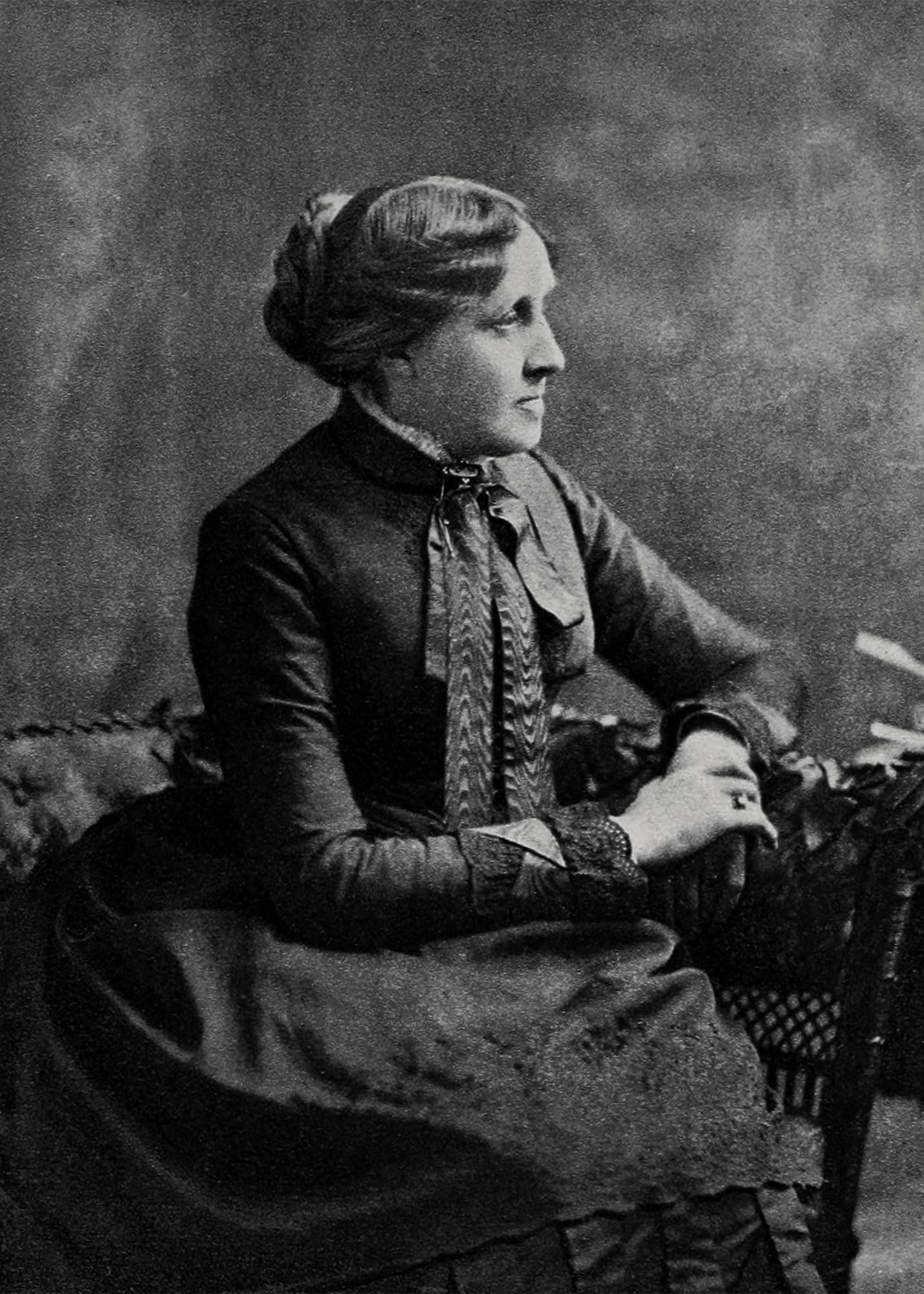
Mass tourism, with published books, articles, tours et al., did not happen until the 1880s. Partly, this reflects him being 'canonised' in Poet's Corner upon his death – an officially approved titan of literature – but also the Victorians' ever-growing fascination with history and heritage. This was, for example, the period when the likes of the National Trust and The Society for the Protection of Ancient Buildings were founded.

Unseen Histories
Can you tell us about a few of the most treasured sites in Dickensland?
Lee Jackson
Individual sites in my book include the George Inn in the Borough (although it's actual connection to Dickens is very modest indeed); the Russell Court burial ground, from which Dickens sketched the toxic graveyard in Bleak House; Kingsgate Street in Holborn, home to Mrs Gamp in Martin Chuzzlewit; Dickens's childhood home in Johnson Street, Camden, which briefly became a children's library in his honour; 'Nancy's Steps' on London Bridge, past and present (two different places altogether); and The Old Curiosity Shop in Portsmouth Street, Lincoln's Inn Fields, which once was as popular with American tourists as Buckingham Palace or The Tower of London. The last one was pure invention – an old building with no link to the author or the novel whatsoever – but visitors used to adore it.

Unseen Histories
You suggest that the enthusiasm for Dickens-tourism dovetailed with a new type of sightseeing. As well as cathedrals and palaces, people were seeking out ordinary buildings and spaces. Is that right?
Lee Jackson
Tourists of the Romantic Era famously sought out evocative ruins in the countryside – monasteries, castles, churches. Antiquarians, meanwhile, had some academic interest in the capital's old churches, mansions and palaces. But, in the mid-nineteenth century, the idea took hold that more commonplace old buildings – houses, pubs, coaching inns, shops – could also be 'historic' properties. These were precisely the sort of places which Dickens wrote about. It is striking, for instance, how much the photographs of the Society for Photographing Relics of London, founded in 1875, overlap with the London described by Dickens. Part of the reason for this interest in more ordinary buildings, strangely enough, was growing popular awareness of the preserved houses and shops of Pompeii – what would future generations make of 'Old London'?

Unseen Histories
By the end of the Victorian period it was common to find people talking about ‘disappearing Dickensland’ or ‘vanishing old London’. Was this nostalgia or did the city Dickens knew as a boy disappear very quickly?
Lee Jackson
The peculiar thing is that London was constantly 'vanishing' during the nineteenth century. Dickens himself mentions the threat of 'the rage for public improvement and the encroachments of private speculation' when describing the coaching inns of the Borough. The Fleet Prison, for example, another prominent location in The Pickwick Papers, was demolished in the 1840s. Then you might think about all the chaos and destruction wrought by the new sewer network in the 1850s. Dickens was shocked to see Chelsea Embankment wholly altered in 1861 (' I had never seen it in any state of transition, though I suppose myself to know this rather large city as well as anyone in it.'). What had changed in the public mood, by the end of the nineteenth century, was a growing interest in heritage and preservation.
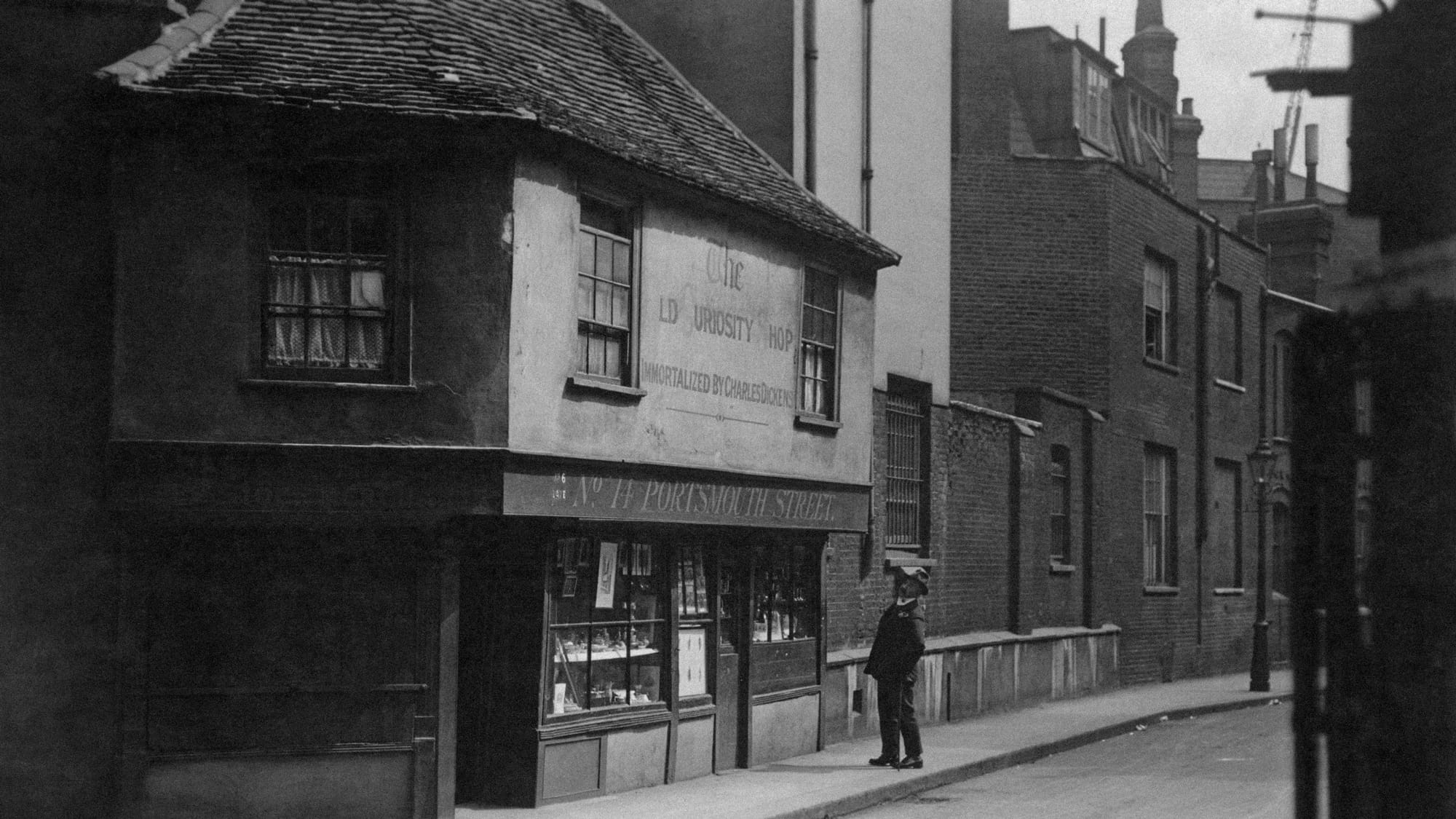
"The Old Curiosity Shop in Portsmouth Street, Lincoln's Inn Fields, was once as popular with American tourists as Buckingham Palace or The Tower of London despite the fact that it had no link to the author or the novel whatsoever."

Unseen Histories
Dickens’s work has been so frequently adapted for television and film that many new layers of interpretation have been added to the original novels. Has this had an effect on Dickensland?
Lee Jackson
The great director of early Dickens silent films, Thomas Bentley, was obsessed with using 'original' locations. His adaptations not only told the story but provided a literary tour. Since then, of course, we have seen ever-increasing use of sets and scenic effects which produce cinematic 'Dickenslands', more reliant on recycled visual tropes (gaslights, cobbles, damp bricks et al.). There is certainly one place this has had an impact, the current 'Nancy's Steps' on London Bridge, marked by a dubious plaque, making the claim that these are the stairs in the novel on which Nancy is murdered. Both facts are wrong: Nancy is murdered at home in the book, and a different set of stairs features elsewhere in its pages. But the present-day steps look cinematically 'Dickensian' (narrow, dark, crooked) and, of course, Nancy dies by the riverside in Oliver! the musical – which perhaps shows us the power of adaptations.

Unseen Histories
If you were to single out one London location as being powerfully charged with Dickens's personality today, where would that be?
Lee Jackson
I have to say the Dickens Museum in Bloomsbury. It was purchased by the Dickens Fellowship in 1925 (essentially his worldwide fan-club, founded in 1902) and recreates the house as it would have been when he lived there, 1837–39, at the beginning of his literary fame – including one of his own writing desks. It was his first proper home as a self-made man, and, even today, you can imagine him standing proudly on the threshold •

Dickensland: The Curious History of Dickens's London by Lee Jackson
Yale University Press, 22 August, 2023
RRP: £11.99 (Paperback) | ISBN: 978-0300279344
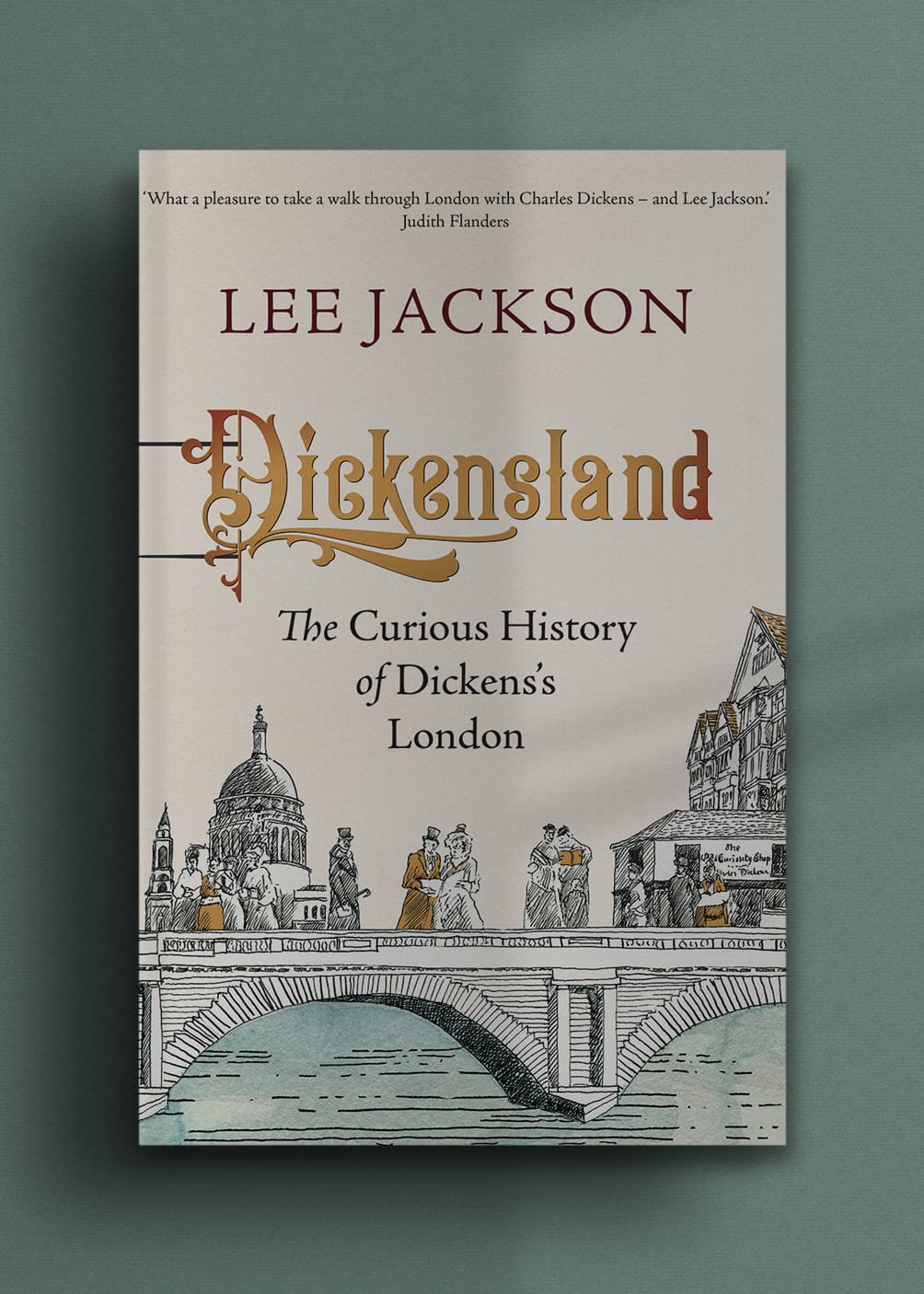
"A droll, enigmatic ride through the 150-year-old phenomenon of Dickens tourism and its relationship with imagination"
– The Times
The intriguing history of Dickens’s London, showing how tourists have reimagined and reinvented the Dickensian metropolis for more than 150 years. Tourists have sought out the landmarks, streets, and alleys of Charles Dickens’s London ever since the death of the world-renowned author.
Late Victorians and Edwardians were obsessed with tracking down the locations—dubbed “Dickensland”—that famously featured in his novels. But his fans were faced with a city that was undergoing rapid redevelopment, where literary shrines were far from sacred. Over the following century, sites connected with Dickens were demolished, relocated, and reimagined.
Lee Jackson traces the fascinating history of Dickensian tourism, exploring both real Victorian London and a fictional city shaped by fandom, tourism, and heritage entrepreneurs. Beginning with the late nineteenth century, Jackson investigates key sites of literary pilgrimage and their relationship with Dickens and his work, revealing hidden, reinvented, and even faked locations. From vanishing coaching inns to submerged riverside stairs, hidden burial grounds to apocryphal shops, Dickensland charts the curious history of an imaginary world.
"Just when you thought there can't be anything new to say about Dickens and his work, Lee Jackson delivers a trove of original insights in this impeccably researched work"
– Sarah Wise, author of The Blackest Street: The Life and Death of a Victorian Slum
"What a pleasure to take a walk through London with Charles Dickens – and Lee Jackson. Two of the ablest literary city guides"
– Judith Flanders, author of The Victorian City: Everyday Life in Dickens' London

With thanks to Jane Pickett at Yale University Press. Jacket design & Illustration Eleanor Crow


